SUMMARY
This is AI generated summarization, which may have errors. For context, always refer to the full article.
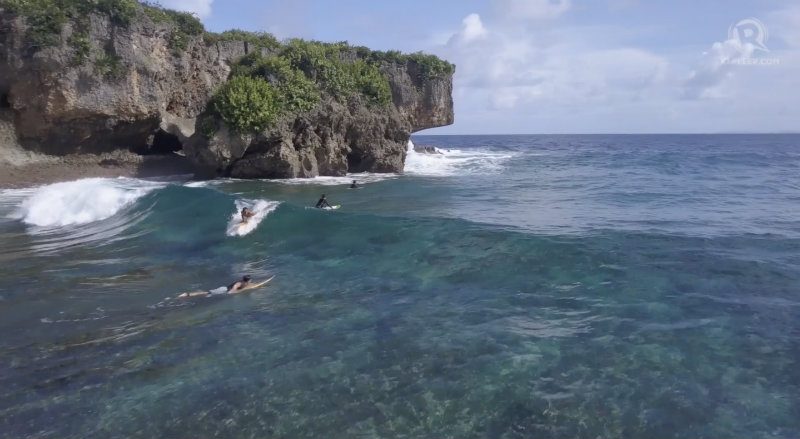
MANILA, Philippines – In Eastern Samar, surfing pioneers are not only balancing waves. They are also riding the challenges that come with the rising popularity of the sport in their hometown.
Unknown to many, Eastern Samar is home to several world-class surfing spots, with waves ranging from rare point breaks to river mouths and beach breaks to outer island breaks.
In fact, it is known to residents as the last surfing frontier in the Philippines.
But what is the best thing about this local surfing destination?
“A world-class wave with only 3-4 people surfing at a time. That is something,” Bryan Lassiter, one of the first surfers in Eastern Samar, said. “With the long coastlines, the area has a lot of potential for surfing. Several spots remain undiscovered. For surfers, this is extraordinary.”
Surfing history in Eastern Samar
Surfing in Eastern Samar started way back in 1998 with a single surfboard rented from a foreigner and shared by many locals and surfing pioneers like Lassiter and Abdel Elecho.
“Actually, we rented a board from a foreigner who was then stayigng here to surf. I think we rented for P500 and that was the start and the rest was history,” Lassiter shared.
Although novel and exciting, the water activity was not immediately accepted in the province two decades ago.
“Kinakantiyawan kami noon. Umiiwas kami sa tao. Hindi accepted ang surfing dito. (They would tease us before so we would avoid people. Surfing is not accepted.) The perception of the people is that this is a Caucasian sport so it is not ordinary to see locals surfing,” Lassiter said.
Fortunately, surfing as a hobby and passion eventually grew on the locals who have always had a strong affinity with the ocean, many of them primarily making a living through fishing.
“Malaki na po yung improvement from nagsimula from one board sa ngayon po marami na pong mga surfers, ‘yung mga bata, ‘yung mga anak namin na kumbaga kumpleto na sila ng mga gamit,” Elecho said.
(The state of surfing has greatly improved from the time when we started with only one board shared by everyone. Now, even the younger surfers have complete surfing gear.)
This rise in popularity, however, brought its own set of problems.
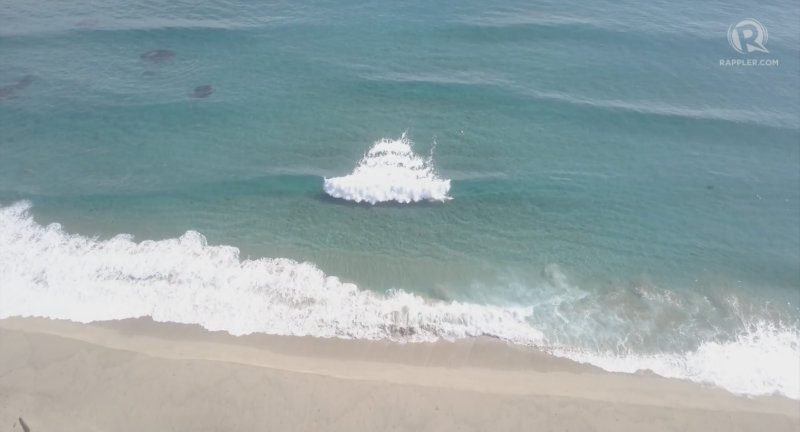
Tourism and environment
Just like in other local destinations that attract hundreds of tourists, surfing pioneers like Lassiter and Elecho faced the dilemma of balancing the need to strengthen tourism and preserving the environment.
“Nakita na namin yung reality ng surfing na nakapunta kami sa sikat na surfing spots like Siargao, La Union, at Baler, ganoon ang nagiging problema nila. ‘Yung too much crowd. ‘Yung area ay crowded to the extent na talagang nagpipisikalan na ang mga tao,” Lassiter explained.
For residents like Elecho, maintaining the surroundings and charm of their hometown Eastern Samar takes a more significant meaning especially because surfing is more than just a sport or passion for him.
“It is also a form of livelihood for residents like me kasi puwede ka magturo ng surfing, puwede ka maging surf guide, puwede kang mag-repair ng surfboard, puwede ka rin mag-shape ng surfboard,” he said. (You can teach surfing, be a surf guide, and repair and shape surfboards.)
To come at a compromise and address this problem, residents said that the environment is their priority. Catering to the needs of the tourists comes next.
According to Lassiter, they keep certain surfing spots secret from visitors to preserve the pristine coastlines of the province.
“Because of that we realized the importance of protecting our spot, we really need to protect our spot. We could share some of our spots but not everything,” he said.
Education
Balancing tourism and the environment is not the only problem of the province. As surfing rose in popularity, attendance in schools also dwindled.
This is not new in surfing communities.
For example, in Gubat, Sorsogon, a surf camp is working on keeping kids at school by implementing a “no school, no surf” policy.
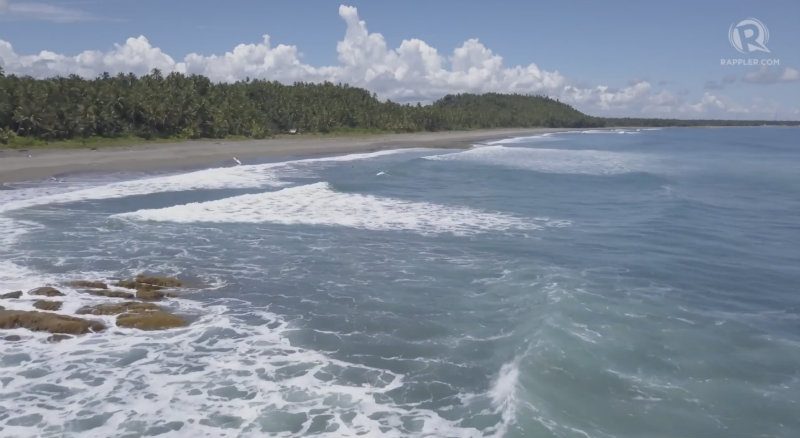
“We started a program for the children to encourage them to stay in school. At first, it went well. With the change of officers, the program, however, lost its purpose,” Lassiter said in a mix of Filipino and English.
Despite this, surfing pioneers have been keen about encouraging the younger surfers to finish their schooling.
“Advice ko lang sa mga young surfers, unahin niyo ang pag-aaral kasi ‘yung alon nandyan lang ‘yan pero ‘yung pag-aaral, lumilipas ang panahon. tumatanda tayo,” Elecho said.
(My advice for young surfers is to prioritize their education because the waves will always be there, but the opportunity to study could pass you by as you grow old.)
Moving forward
These are the reasons why pioneers like Abdel and Bryan believe that life is like surfing. It’s a balancing act.
Ultimately, they also hope to get the support of the local government in riding past these challenges.
For example, the local community should be trained and taught well when it comes to welcoming tourists and taking care of their area.
“Sa tourism kasi na aspect, before mo talaga i-open ‘yan, dapat, umpisahan mo muna sa baba. What I mean is, dapat prepared ang mga locals diyan,” Lassiter said. “Kailangan pang palakasin ang kaalaman ng locales.”
(On tourism, before we open a place and welcome visitors, we have to start from the grassroots. Meaning, we have to make sure the locals are prepared. We need to build their capacity.)
For now, the two local surfing afficionados of Eastern Samar will continue riding the waves and the challenges that come with it. – Rappler.com
Video courtesy of Abdel Elecho
Add a comment
How does this make you feel?
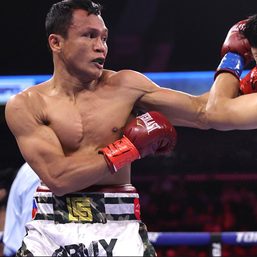


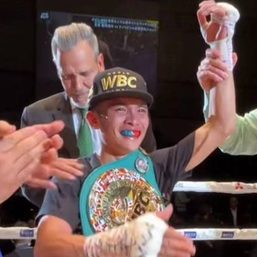

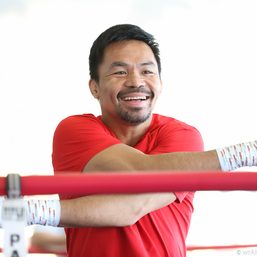



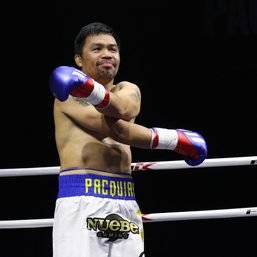

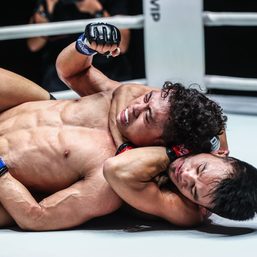


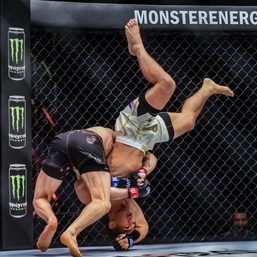
There are no comments yet. Add your comment to start the conversation.